A sand-like material can be extracted from seawater by adding carbon dioxide, potentially making the building industry more sustainable.


A sand-like material can be extracted from seawater by adding carbon dioxide, potentially making the building industry more sustainable.
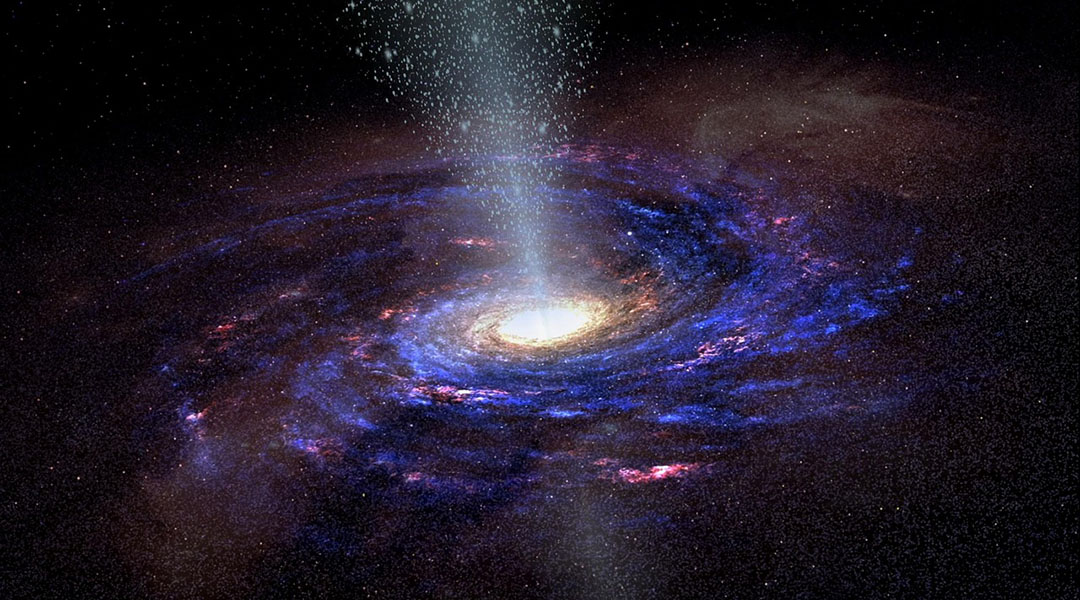
Dark matter could be composed of much lighter particles, with masses roughly ten times smaller than that of a proton.
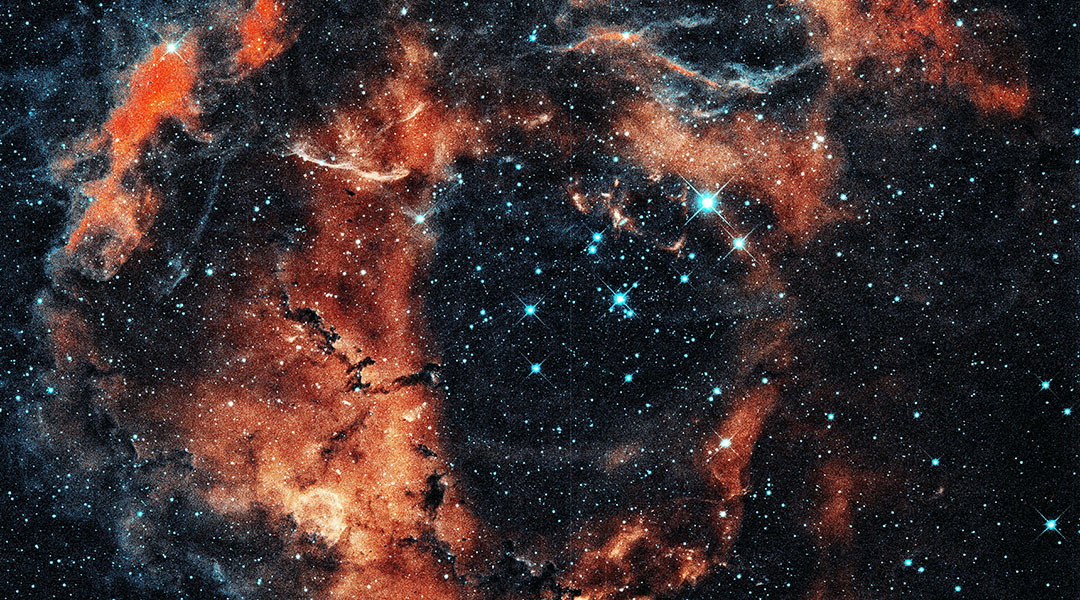
Computer simulations show that water likely appeared in the Universe much earlier than previously thought.
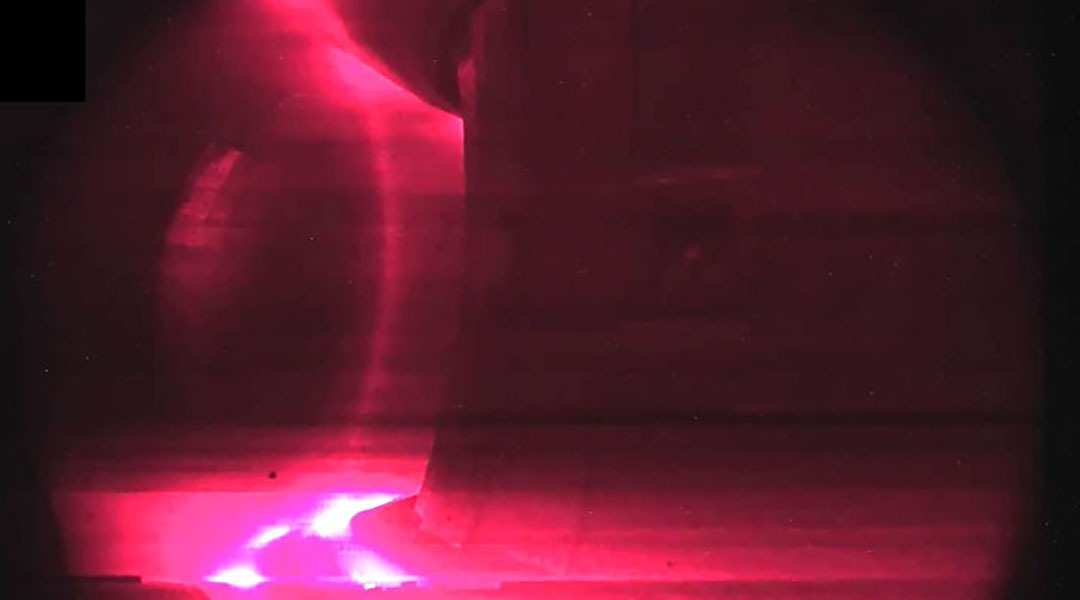
Scientists at the WEST tokamak in France set a new plasma duration record, bringing us closer to achieving nuclear fusion for clean energy.
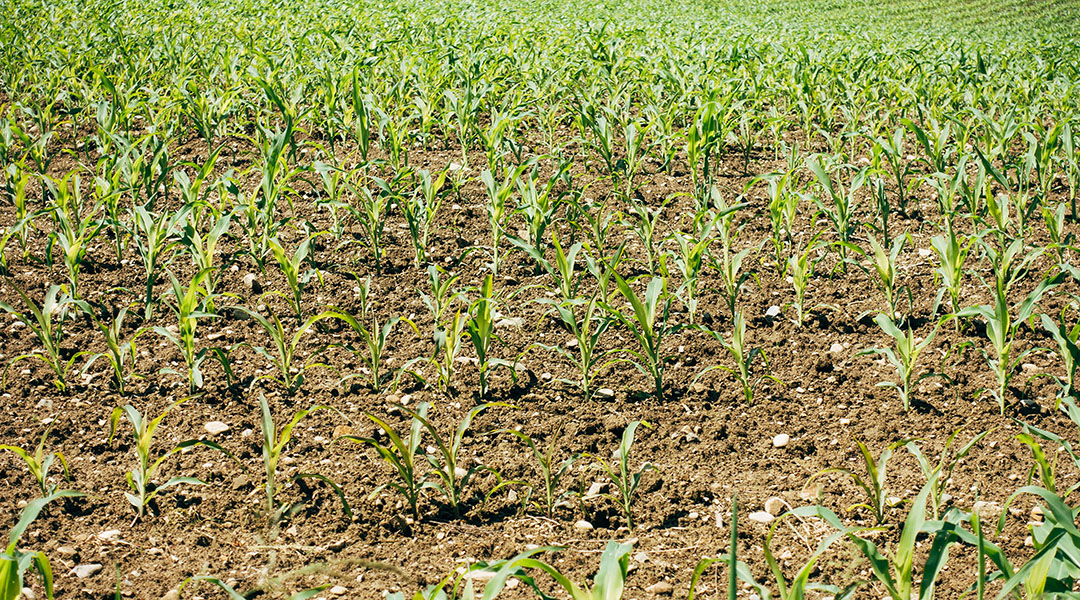
Ammonia fertilizer could be produced underground, using Earth’s natural heat to significantly reduce the industry’s carbon footprint.
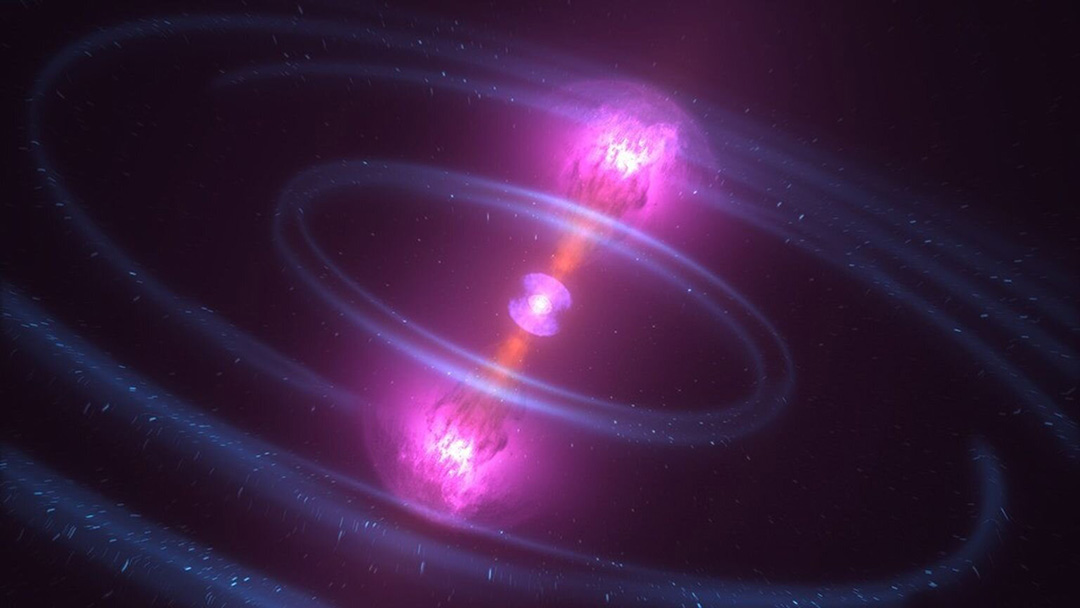
Discover how the rare star HD 65907, a field blue straggler, formed from the merger of two stars.
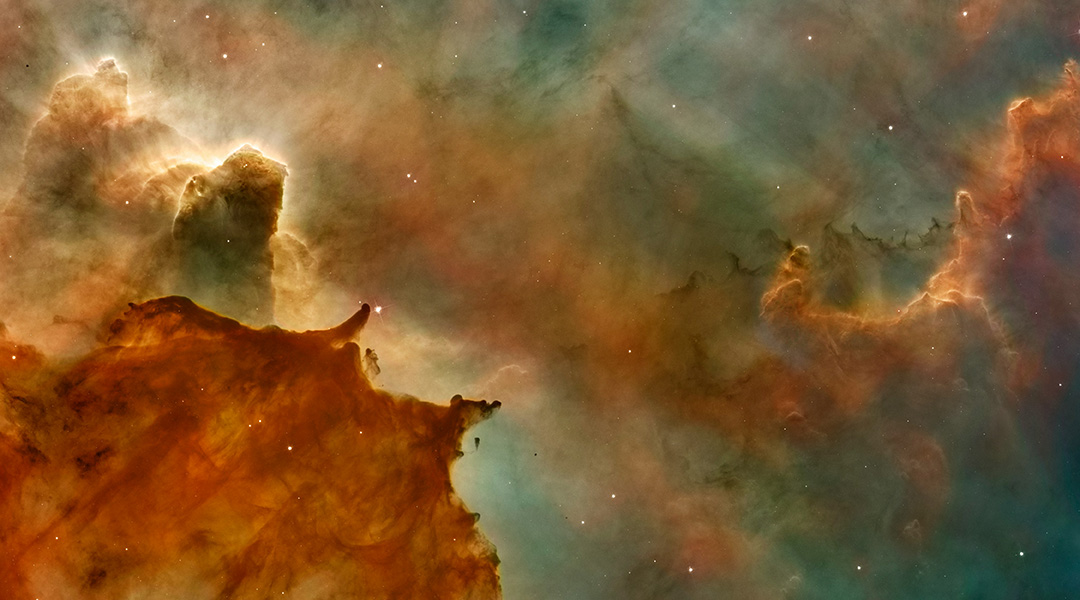
Researchers have built a better picture of how complex molecules developed in the early Universe before becoming essential for life.

A new study explores tetraquarks, predicts new exotic particles, and offers deeper insights into their complex structure and behavior.

This visual sensor connects to your fridge and syncs with your smartphone, providing real-time updates to help reduce food waste.
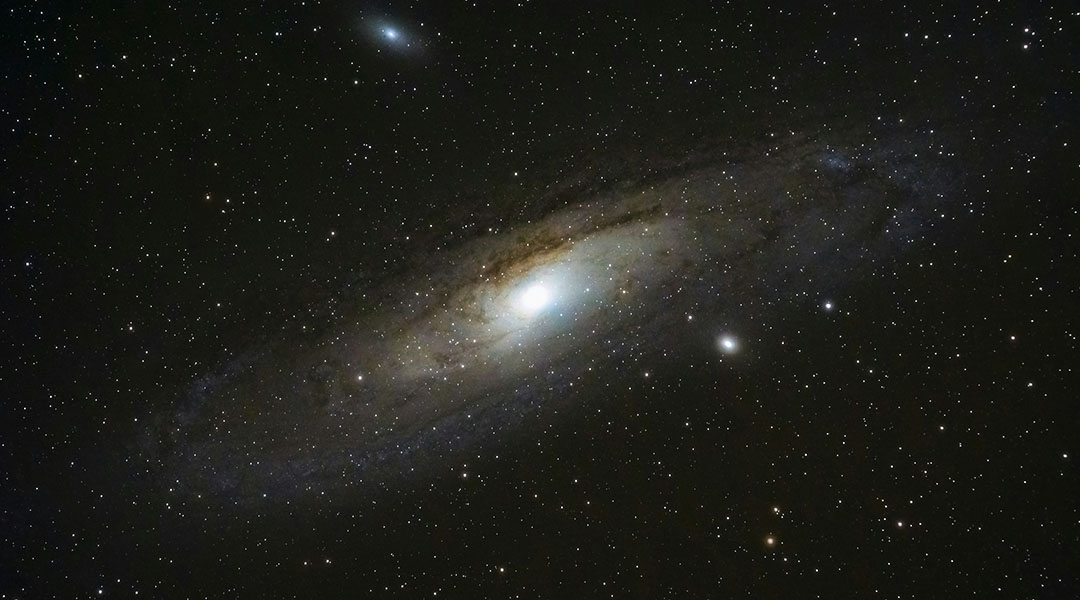
Links to observational data may have revealed the nature of magnetars and the origins of their extreme magnetic fields.